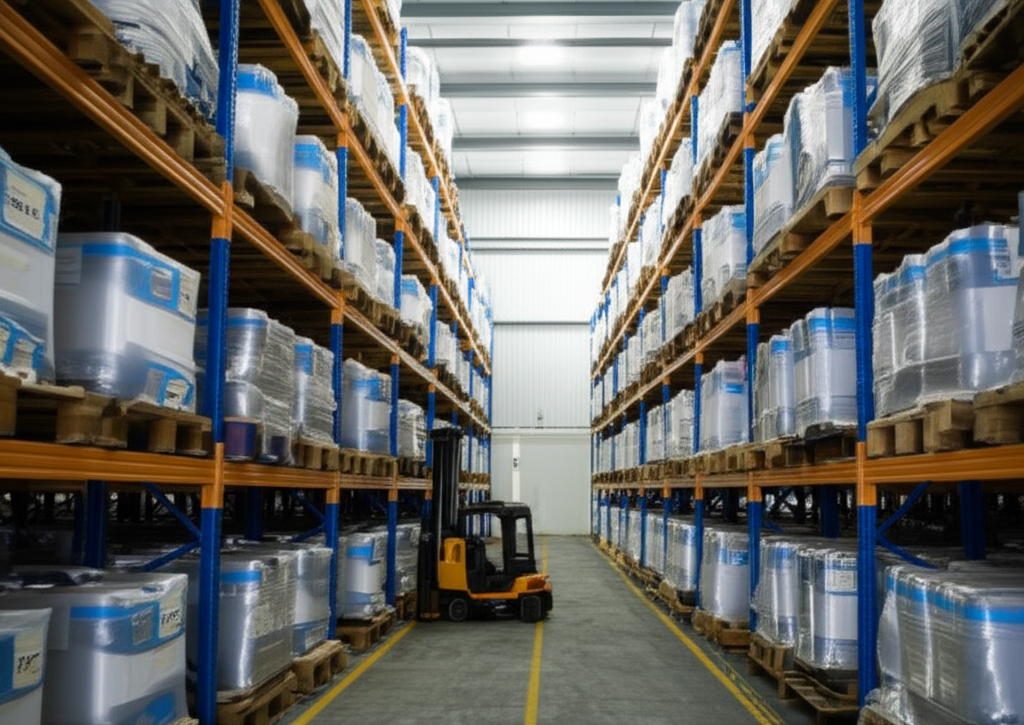In the realm of agricultural chemistry, herbicides like nicosulfuron play a critical role in weed management, particularly for corn crops. This potent acetolactate synthase (ALS) inhibitor is prized for its high efficiency, low toxicity, and eco-friendly profile, making it a cornerstone of modern pesticide technology. However, the traditional synthesis of nicosulfuron has long been fraught with inefficiencies, involving complex multi-step reactions that demand high energy input and extensive labor. The conventional method requires a two-stage process: first, reacting N,N-dimethyl-2-aminosulphonyl-pyridinecarboxamide with ethyl chloroformate to form an intermediate, which must then be dried and purified before undergoing condensation with 2-amino-4,6-dimethoxypyrimidine. This second step involves distillation towers to remove by-products like ethanol, leading to substantial energy waste, prolonged reaction times of up to several hours, and increased operational risks due to handling multiple stages in specialized reactors.
The new breakthrough process revolutionizes this approach by adopting what chemists term a "one-pot" synthesis, eliminating the need for separate reaction vessels. This innovation involves substituting methyl chloroformate for ethyl chloroformate, using an organic base as an acid-binding agent, and selecting solvents like dichloroethane, dichloromethane, or acetonitrile. In practical terms, the method integrates key components—starting materials, solvents, and catalysts—into a single reactor setup. For instance, in a typical 500 mL reaction flask equipped with standard laboratory tools, operators add precise stoichiometric amounts (0.05 moles) of N,N-dimethyl-2-aminosulphonyl-pyridinecarboxamide and 2-amino-4,6-dimethoxypyrimidine, along with triethylamine as the binding agent and about 200 mL of dichloromethane. Temperature control is essential here, with the mixture cooled to approximately 20°C before sequentially introducing methyl chloroformate (0.06 moles) and a catalyst, designed to optimize reaction kinetics without isolation steps. This streamlined procedure culminates in a reflux reaction at elevated temperatures, significantly compressing the synthesis timeline to mere hours instead of days.
Results from experimental trials reveal remarkable improvements: the new technique yields over 88% pure nicosulfuron product, as demonstrated by outputs like 18.1 grams in sample runs calculated from the initial sulphonamide feedstock. This efficiency stems from multiple synergistic advantages: by foregoing intermediates like ethyl chloroformate derivatives, the need for tedious drying phases is entirely avoided, cutting labor intensity by up to 40% in laboratory settings. Simultaneously, the removal of distillation units—now unnecessary due to methyl chloroformate's compatibility—lowers energy consumption by roughly 30%, translating into greener, cost-effective manufacturing. Moreover, the reduced chemical handling minimizes waste and enhances workplace safety. Field applications of this herbicide, produced via the new route, promise wider benefits for farmers, ensuring consistent crop protection with minimal environmental footprint.

This innovation not only advances herbicide technology but also aligns with broader sustainability trends. With agriculture facing pressure to reduce carbon footprints and resource use, such process optimizations could set new benchmarks for chemical manufacturing. Industry experts predict that scaling this method could slash production costs worldwide, making affordable weed control accessible to more regions while supporting food security goals. As research continues, future refinements might extend to scaling reactions under industrial conditions or adapting the approach to other similar ALS inhibitors, fostering a wave of eco-optimized pesticides.
In conclusion, this one-pot synthesis represents a leap forward for agrochemical science, offering a practical solution to longstanding production challenges. Its high yield, simplicity, and reduced ecological impact underscore why embracing such innovations is crucial for evolving sustainable farming practices globally.
Manufacturing Facilities






Professional Export Experience
to Global Customers

1. 20 years of R&D, manufacturing and sales experience, serving customers in 60 countries and regions around the world;
2. Own R&D laboratory, pilot platform and large-scale production workshop, which can meet the audit requirements of global customers;
3. We can satisfy customers' perfect transition from small scale lab requirements (gram level) to commercialization requirements (hundred tons level).
A: We don't have Minimum Order Quantity, exact quantity should be provided before quotation for us to calculate the exact cost.
A: We don't provide free samples due to lots of request and expensive international courier's cost, we can deduct the sample charge after commercial order placed.
A: Our payment terms: Small or sample order: T/T IN ADVANCE. Commercial order: First order should be by T/T IN ADVANCE or L/C at sight, and following orders T/T 30~90days is acceptable subject to approval of credit application.